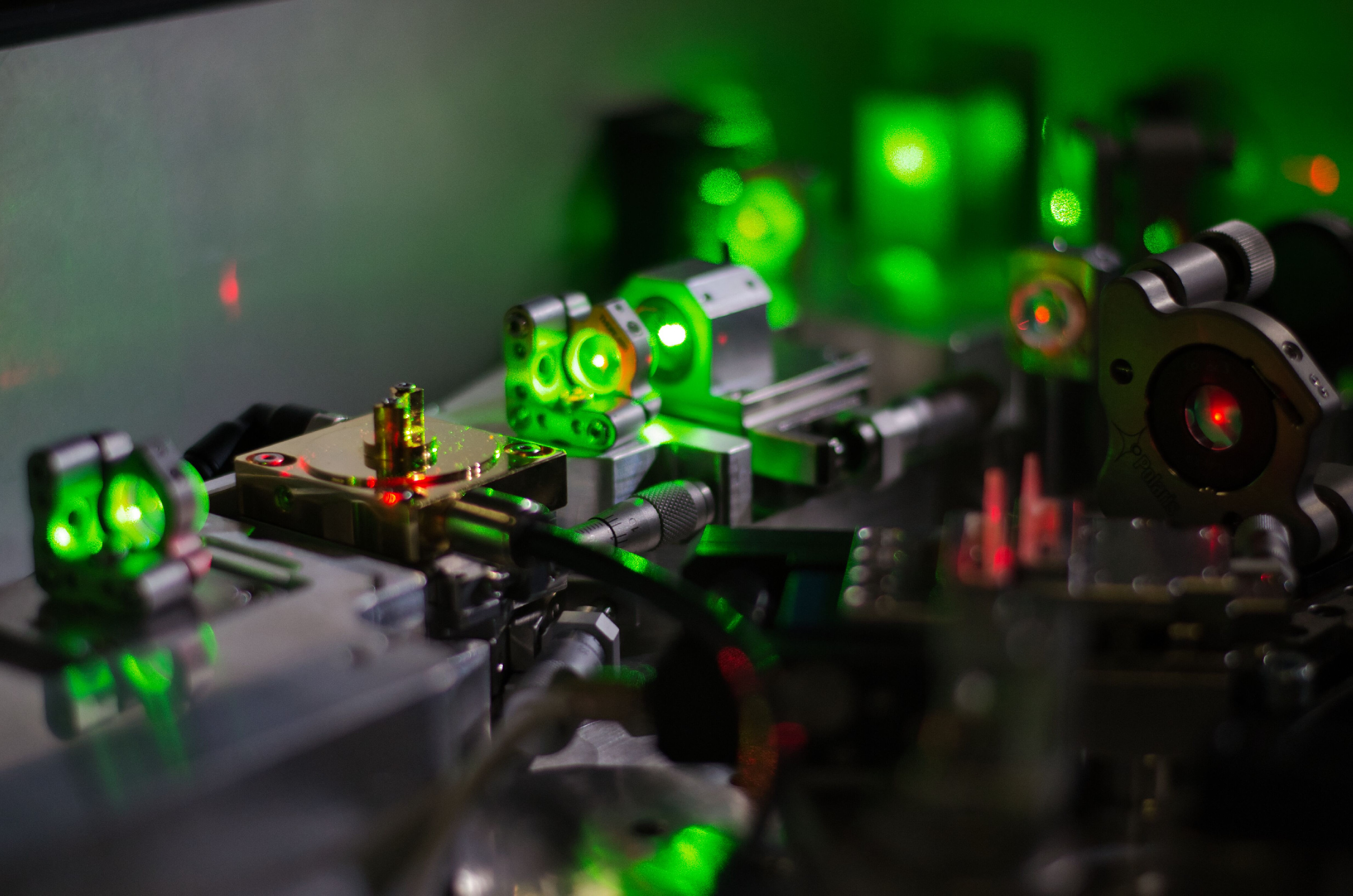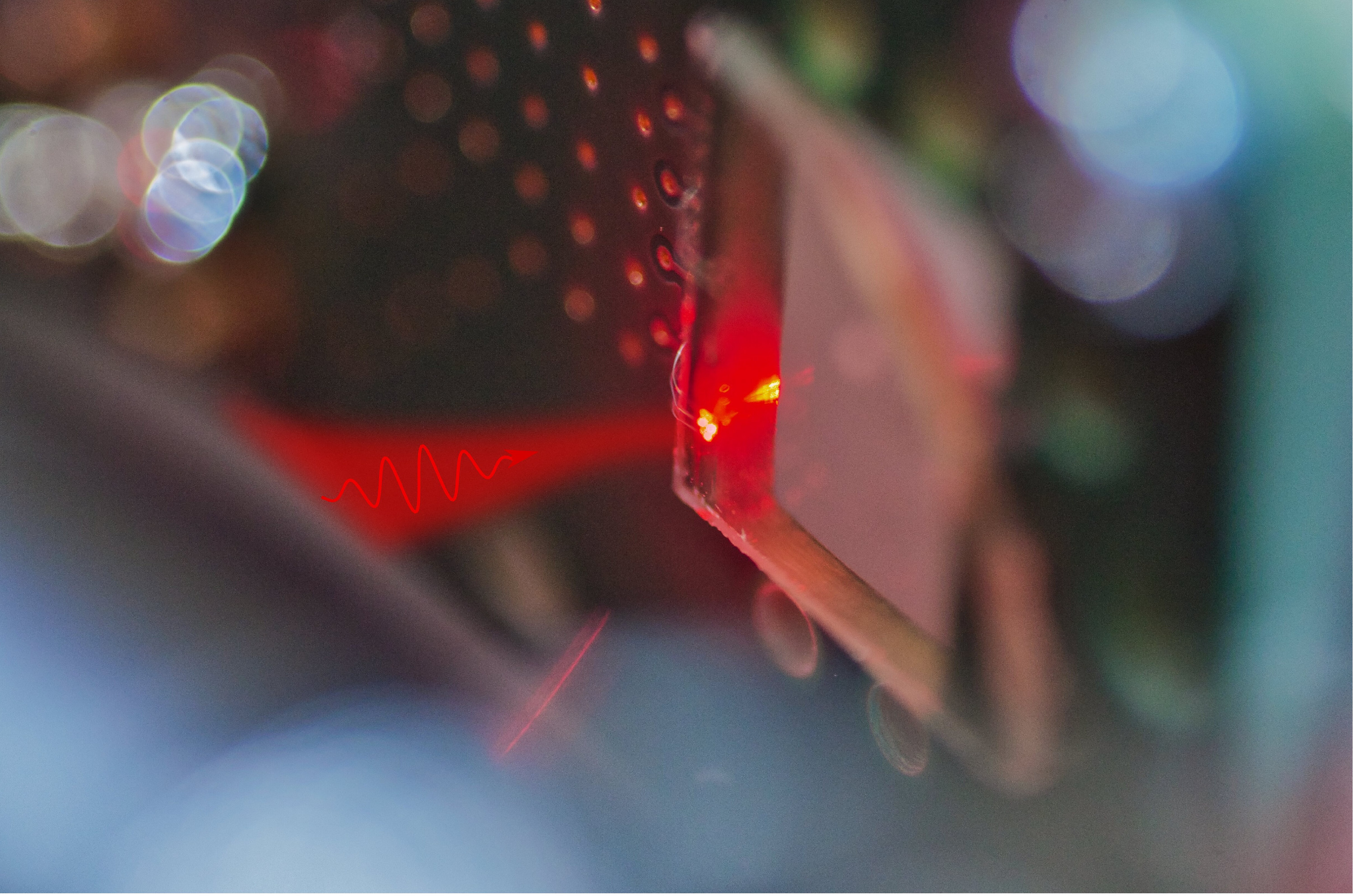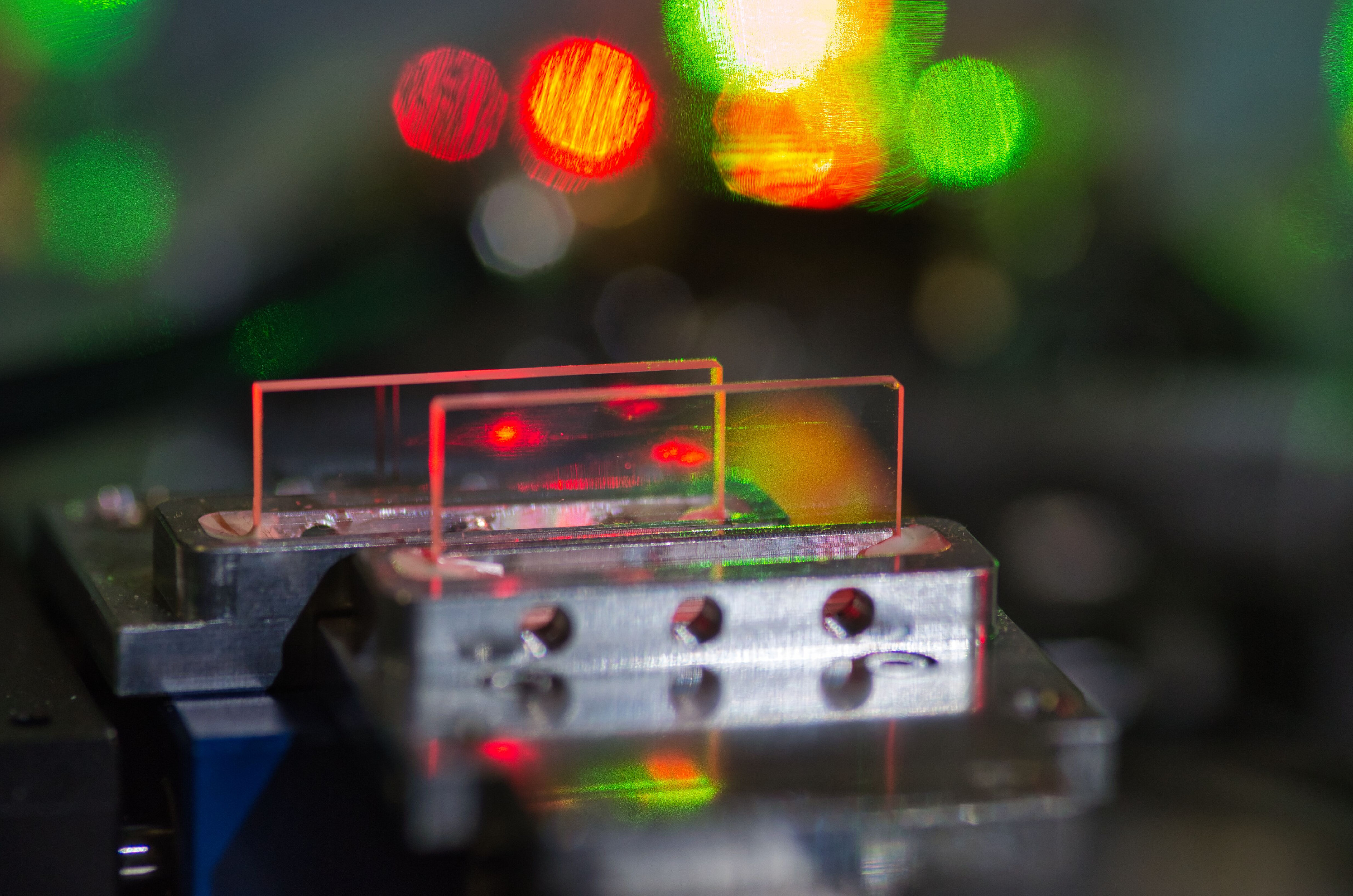Hungarian Researchers Generate Ultrafast Currents in Metals Using The Electric Field of Light
The findings could accelerate the development of ultrahigh-speed optical circuits
According to a recent study by researchers at the HUN-REN Wigner Research Centre for Physics, currents induced in metals can be as fast as the ultrafast oscillations of electric and magnetic fields, which occur on the order of femtoseconds—that is, a millionth of a billionth of a second. The team demonstrated this phenomenon using a specially engineered material just a few nanometres thick. Their findings may contribute to the development of next-generation ultrahigh-speed computing technologies.
In today’s computers, fundamental operations are performed using tiny electronic switches known as transistors. These switches are turned on and off by applying small voltages that generate electric fields, which move electrons and change the state of the device. However, this process takes a relatively ‘long’ time—on the order of a nanosecond (a billionth of a second). With current microelectronic technology, it is not possible to perform logic operations any faster than this.
Researchers at the HUN-REN Wigner Research Centre for Physics, in collaboration with experts from the ELI Laser Research Institute, investigated a radically faster method: using the electric field of light to move electrons and switch optoelectronic devices. Rather than applying voltage to metal wires, they used a brief laser pulse—lasting only a few femtoseconds (one quadrillionth of a second)—to directly drive electrons inside the material. This approach, known as light-field-driven switching, could enable operation speeds up to a hundred thousand times faster than today’s electronics and may pave the way for a new generation of devices capable of performing ultrafast logic operations with light.
‘We asked whether it was possible to generate an electric current in a metal using a laser instead of conventional electrical sources,’ said Václav Hanus, co-author of the article published in the prestigious journal Science Advances and a research fellow at the HUN-REN Wigner Research Centre for Physics. ‘Václav was studying laser-induced current generation in glasses and semiconductors when I began my PhD. My aim was to test whether this could also work in metals,’ added Beatrix Fehér, a doctoral student in the group. She emphasised that their experiments involved only a few atomic layers of a complex, so-called heterostructured material. This special material consists of alternating nanometre-scale layers of iridium and sapphire, fabricated using a specialised technique known as atomic layer deposition. The materials were so unique that they had to be produced and supplied by a German research group for the experiments, which were conducted in a state-of-the-art laser laboratory in Budapest.
“We’re currently on an exciting journey of discovery, aiming to explore the ultrafast interactions between laser light and nanomaterials. Within a few years, this could become a practical technology—which is the most exciting prospect of our research into the fascinating world of new materials,” said Péter Dombi, leader of the Budapest-based research group. The new Hungarian developments have already yielded tangible results: the Budapest researchers have built a compact optical device that makes it much easier to characterise the optical properties of laser beams.

Detail of the laser system used in the experiments at the HUN-REN Wigner Research Centre for Physics (photo: Péter Rácz)
Photo: Rácz Péter

Optical circuit component used in the experiments, containing the specialised nanomaterial
Photo: Rácz Péter

Femtoszekundumos lézernyaláb formálására szolgáló optikai elemek a HUN-REN Wigner Fizikai Kutatóközpontban
Fotó: Rácz Péter

